INTRODUCTION

We may be just months away from seeing the very first PCIe 5.0 (Gen 5) M.2 NVMe SSDs make their debut in the market (with theoretical speeds that could reach 15000MB/s) but for now PCIe 4.0 (Gen 4) models are clearly the fastest consumer oriented storage media around. With a range of models with read and write speeds starting from around 4000MB/s and climbing all the way up to 7000MB/s (and slightly above that in some rare cases) these SSD models are at least 30-35 times fastest than the fastest consumer oriented mechanical drives out in the market today. Of course, there aren't that many M.2 NVMe SSDs in the market that can go all the way up to 7000MB/s and this is exactly what Kingston aims at with their brand new KC3000 and Fury models the former of which I’ll be testing today.
Kingston Technology Company, Inc. is the world’s largest independent manufacturer of memory products. Kingston designs, manufactures and distributes memory products for desktops, laptops, servers, printers, and Flash memory products for PDAs, mobile phones, digital cameras, and MP3 players. Through its global network of subsidiaries and affiliates, Kingston has manufacturing facilities in California, Taiwan, China and sales representatives in the United States, Europe, Russia, Turkey, Ukraine, Australia, India, Taiwan, China, and Latin America. For more information, please call +44 (0)1932 738888 or visit www.kingston.com
The Kingston KC3000 M.2 NVMe PCIe 4.0 model is currently available in 512/1024/2048/4096GB capacities and just like the Sabrent Rocket 4 Plus line it's also based on the latest 8-channel tri-core (32-bit ARM Cortex R5 CPUs) PS5018-E18 NVMe v1.4 compatible NAND flash controller by PHISON. This time over however the E18 NAND flash controller is paired with Micron’s brand new 512Gb 176-layer 3D TLC NAND flash together with 1600MHz DDR4 SDRAM (2GB for the 2TB model i have here with me). As for the PS5018-E18 NAND flash controller it features PHISON's 4th Gen LDPC engine (low-density parity check) along with end-to-end data path protection, wear levelling, thermal throttling (70 degrees Celsius limit), TRIM, bad block management, dynamic range SLC cache and SmartECC (RAID ECC). Finally, Kingston covers the entire KC3000 line with a 5-year limited warranty and as for endurance numbers it reports 400TBW for the 512GB model, 800TBW for the 1TB model, 1600TBW for the 2TB model and 3200TBW for the 4TB model (MTBF of 1.8 million hours applies for all).
SPECIFICATIONS AND FEATURES

THE KC3000 2TB
Kingston ships their KC3000 line of M.2 NVMe SSDs inside a blister package from where you can take a look at the drive itself.
A few words about the drive and its warranty are printed at the rear in 24 languages.
The KC3000 follows the typical M.2 2280 size (22mm in width and 80mm in length) and features a black sticker at the top.
Kingston uses a mix of graphene and aluminum for the top sticker (unlike Sabrent and their copper one).
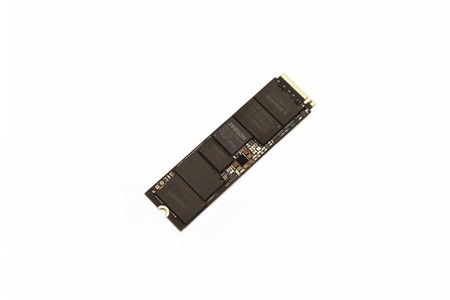
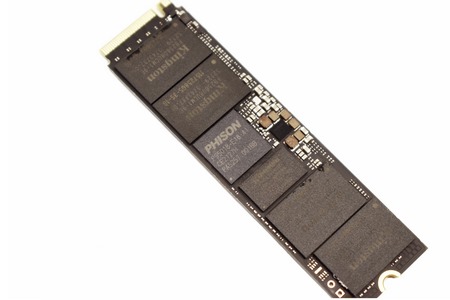
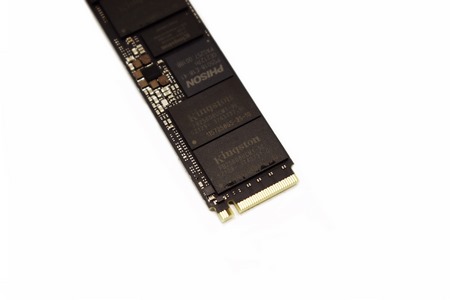 On this side we find the E18 NAND flash controller by PHISON together with 1GB of DDR4 SDRAM cache module and 4 NAND flash modules (each 256GB in size).
On this side we find the E18 NAND flash controller by PHISON together with 1GB of DDR4 SDRAM cache module and 4 NAND flash modules (each 256GB in size).
Unlike the 512GB/1TB variants which are single side models the 2/4TB variants are dual side ones and so on the other side we find another sticker.
Underneath that sticker we find another 1GB DDR4 SDRAM cache module and 4 extra NAND flash modules (again each 256GB in size).
TEST BED
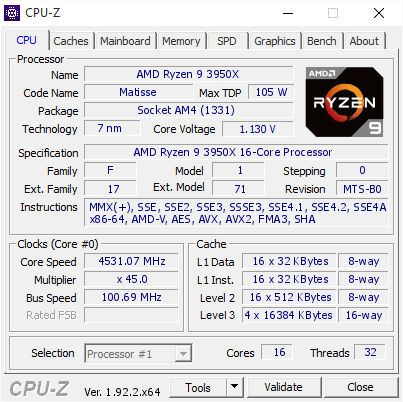

TESTING METHODOLOGY
After almost 13 years of testing solid state drives, i’ve concluded that it's almost impossible for any single benchmark suite to accurately measure their performance and that's why in certain benchmark suites we see amazing read/write performance numbers with some drives while in others things are quite different. The reason behind this is that some benchmarking suites are configured to read and write random chunks of data while others read and write constant (sequential) ones. So that's why i always use a very wide selection of benchmarking suites including AIDA64, HD Tach RW, HD Tune Pro, Crystal Disk Mark, Sisoftware Sandra Pro, AS SSD, IOmeter and ATTO. To get the most accurate results each test gets repeated a total of 6 times with the average performance numbers recorded into our charts*. Also, as of February 25th 2015 our results will also include the Storage Networking Industry Association’s (SNIA) IOMeter tests. These tests include a 12 Hour write test used to “simulate” performance degradation over time and a mixed workload test which basically shows what you can expect when using an SSD continuously for roughly two hours. Unfortunately, due to the time required for these tests we repeat them a total of 3 times and not 6 as the above.
Many people have made inquiries about our charts in the past so once again please do keep in mind that the Charts have the average performance numbers of each drive recorded and not the peak (highest) ones. Also, although every single one of these programs can help potential buyers choose the right drive for their needs you should also remember that from any kind of benchmark up to real world usage the gap is not small (and usually most differences will go unnoticed by most people). All tests were performed in a fresh Windows 10 Pro x64 installation complete with every update up to the date of this review.
* Since November 2018 the SSD comparison charts have been divided to 2.5” and M.2 models to reduce their growing size.
** Unless stated otherwise the Ryzen 9 3950x based Test Rig used for M.2 Gen 4 SSD reviews is not located in the lab.
*** As of January 2021 for Gen 3x4 models I’ll be using the Core i9-7980XE test rig (after numerous tests the up to 6% difference in read & write performance compared to the i7-6700 system simply wasn’t enough to justify having an extra test rig around).
TEST RESULTS - AIDA64 / ATTO


TEST RESULTS - HD TACH RW / HD TUNE PRO


TEST RESULTS - SISOFTWARE SANDRA PRO / CRYSTAL DISK MARK
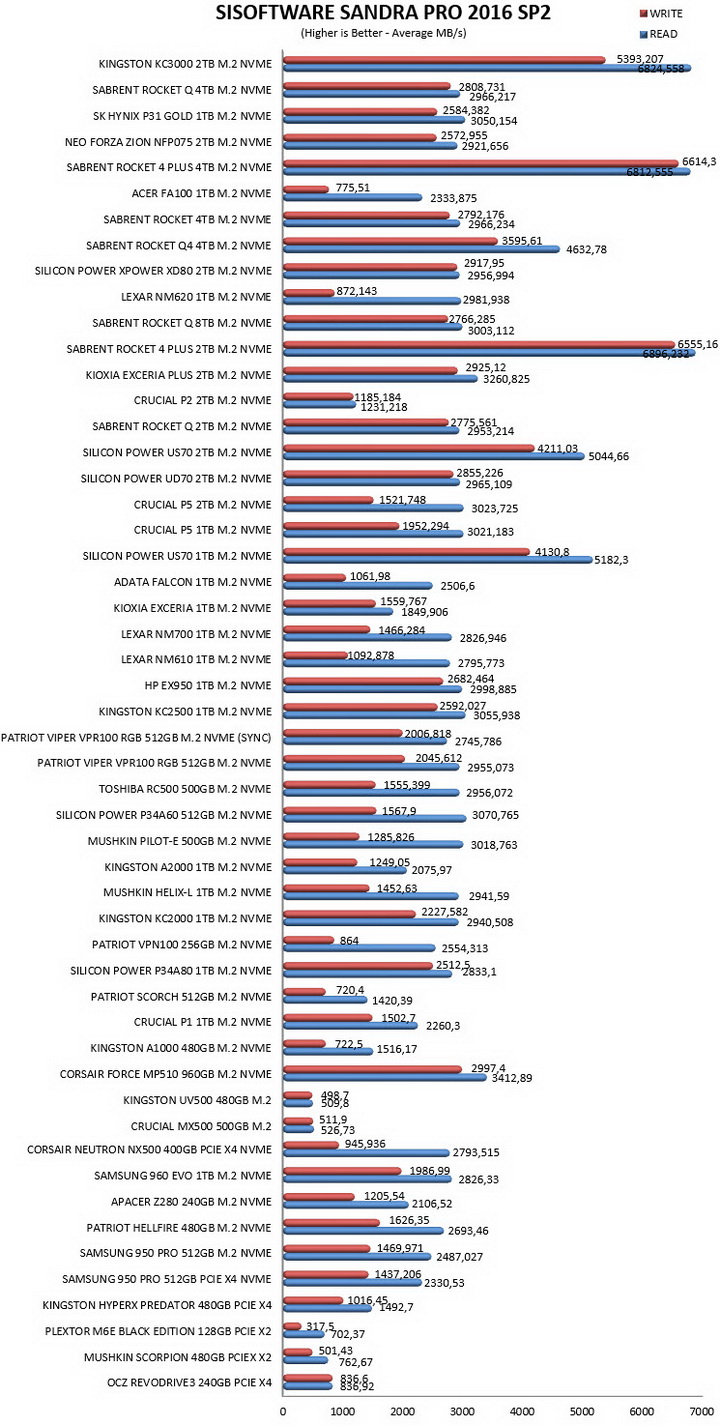

TEST RESULTS - AS SSD / IOMETER

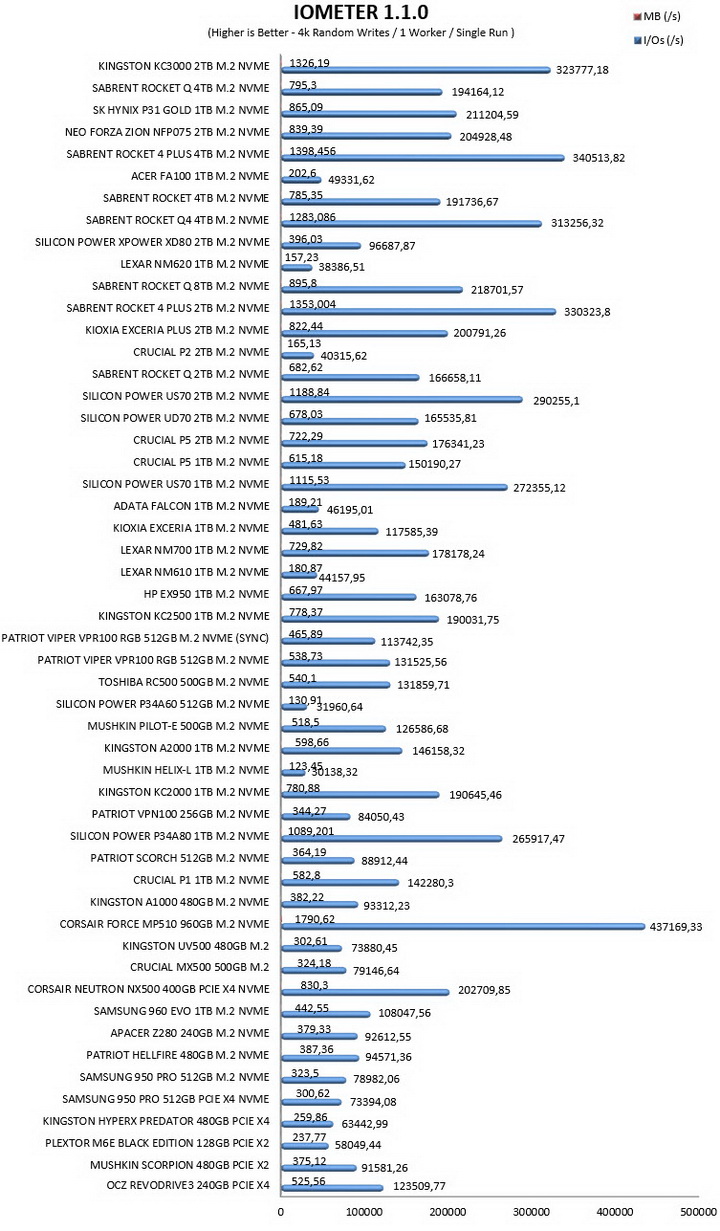
TEST RESULTS - IOMETER SNIA
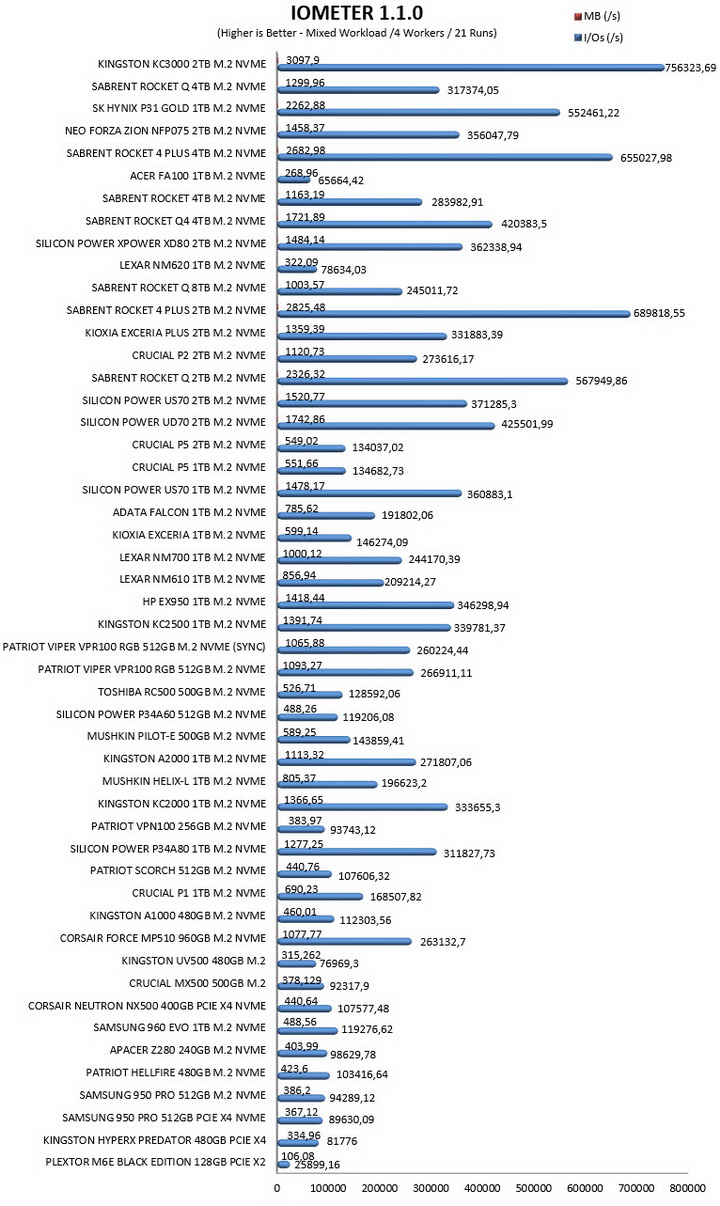
CONCLUSION
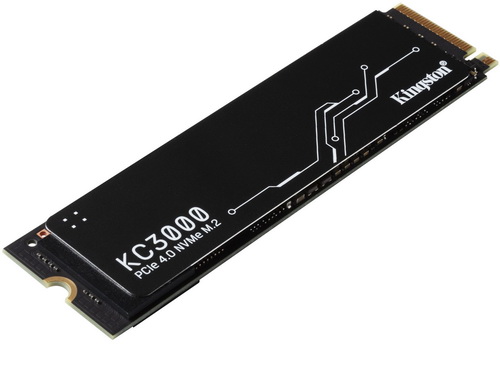
Having reviewed almost every single SSD released by Kingston to date I can say with certainty that the KC3000 2TB M.2 NVMe SSD lived up to my expectations. Yes, in most tests it’s not quite as fast as the Rocket 4 Plus model by Sabrent (I was expecting the exact opposite to be honest) but the performance gap should not be a game breaker for most people (especially since the KC3000 delivered the top number in the mixed SNIA test). On the other hand, endurance numbers are slightly higher in favour of the KC3000, although again this gap shouldn’t matter much to most of you out there. The bottom line however is that both models are exchanging blows so both are almost equally as good in my book (Sabrent with their upcoming Rocket 4 Plus 8TB however takes the lead in terms of available capacities).
Kingston officially announced their KC3000 line of PCIe 4.0 M.2 NVMe SSDs 16 days ago the 2TB variant of which currently retails for USD452.99 inside the USA (Newegg.com) and for 399.97Euros inside the EU (Amazon.de) a price tag which is currently very balanced for a 2TB PCIe 4.0 M.2 NVMe SSD. Granted, PCIe 4.0 SSDs are not for everyone, if not for their beefed up prices compared to PCIe 3.0 models then certainly because right now they can only be used with compatible X570 and Z590/690 motherboards. Still the KC3000 2TB model delivers just what Kingston advertises it for and for that it gets the Golden Award.

PROS
- Excellent Performance (Up To 7000MB/s Read & 7000MB/s Write)
- Endurance (1600TBW / 1.8 Million Hours MTBF)
- 5 Year Limited Warranty
- Acronis True Image Software
CONS
- Thermal Throttling (During SNIA Tests)

 O-Sense
O-Sense





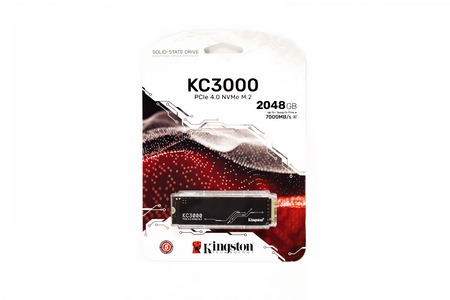
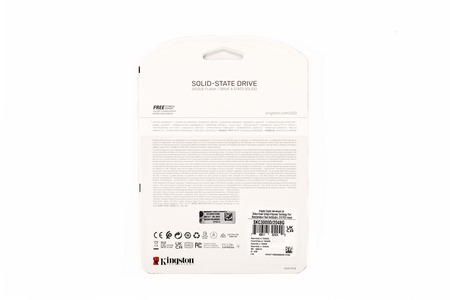
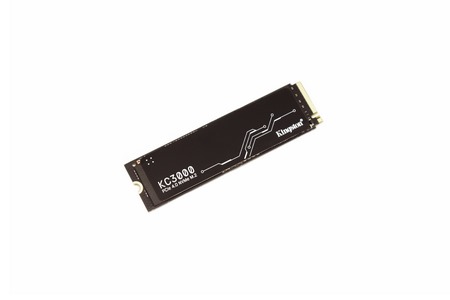
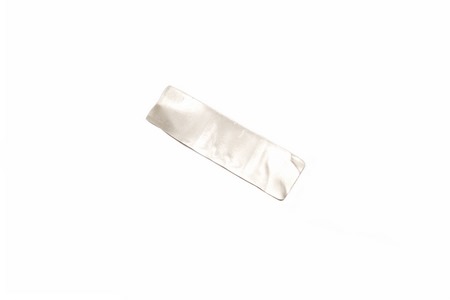
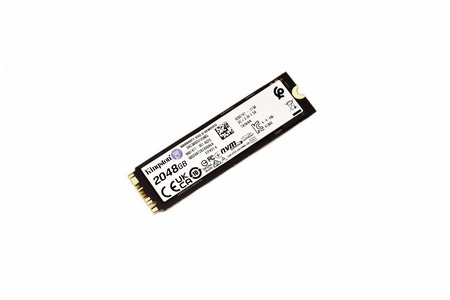
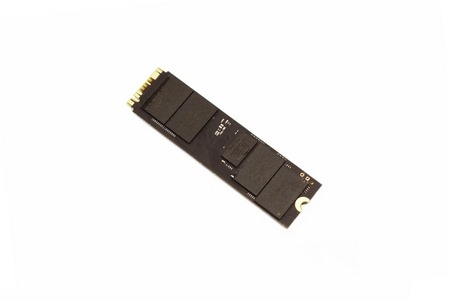
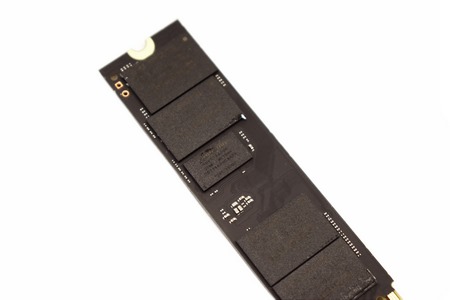
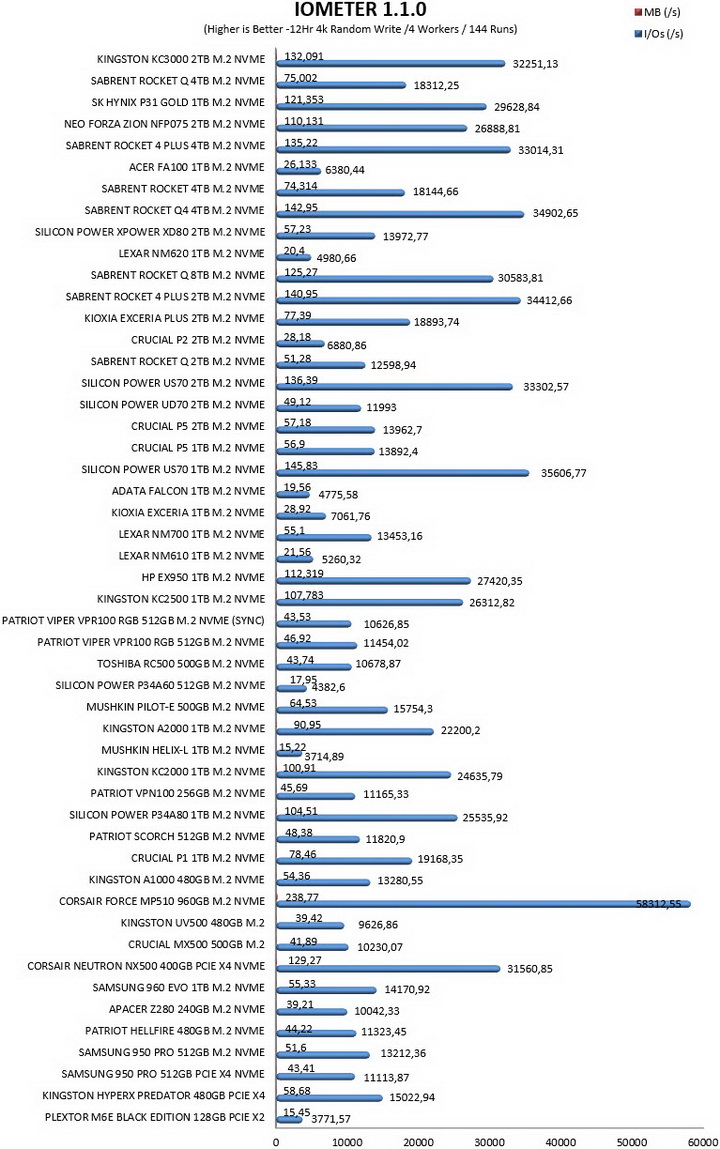
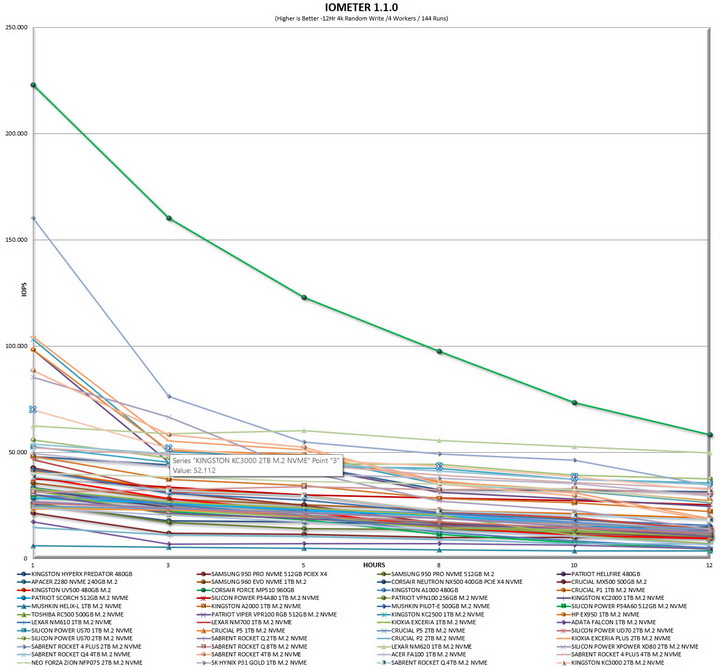


.png)

